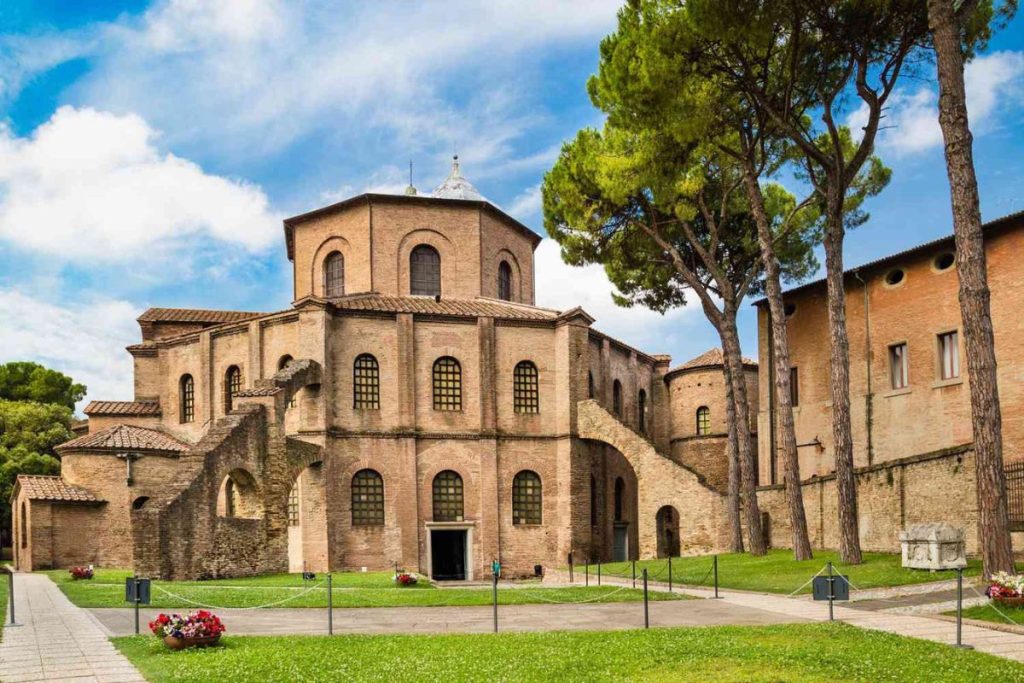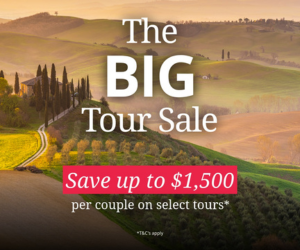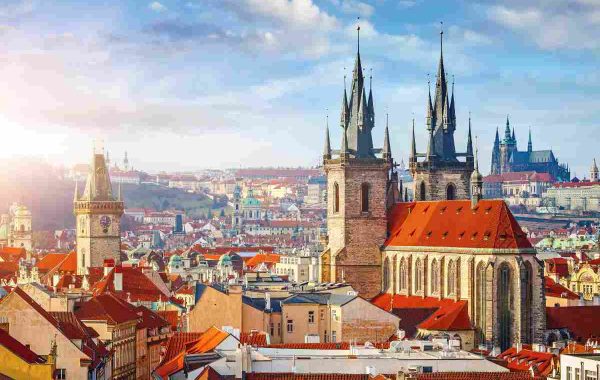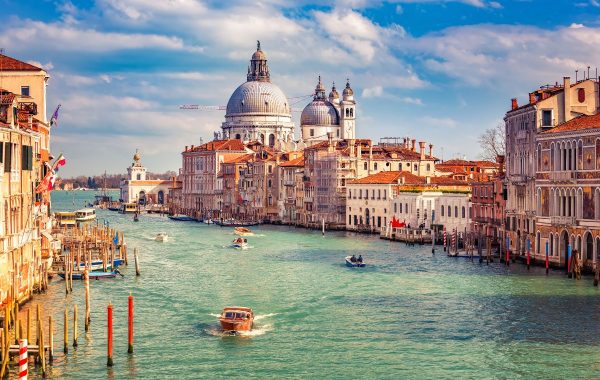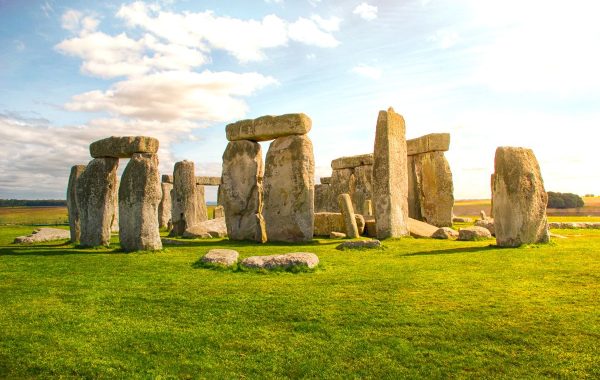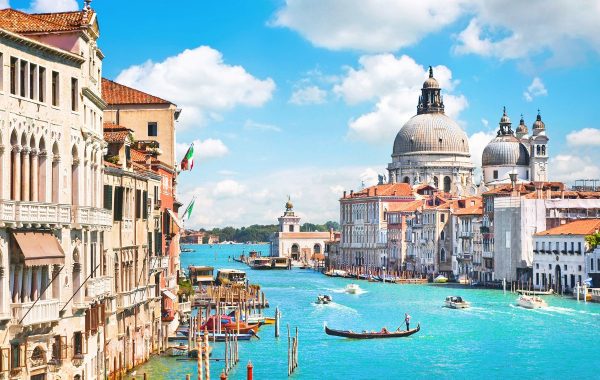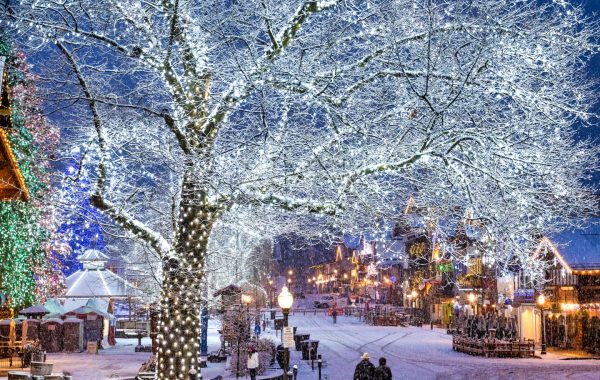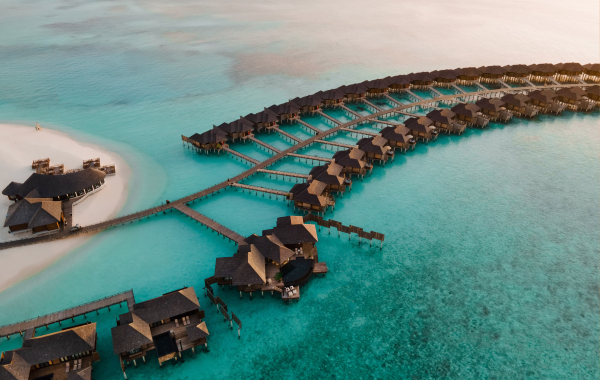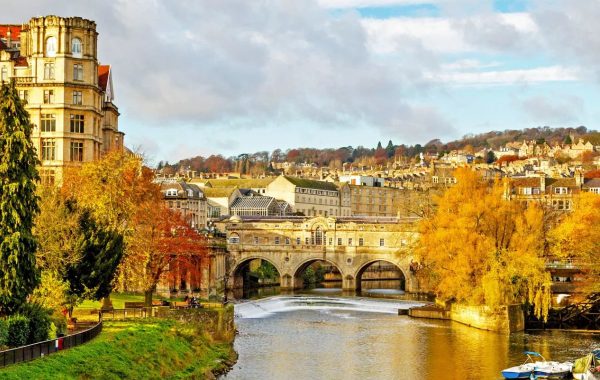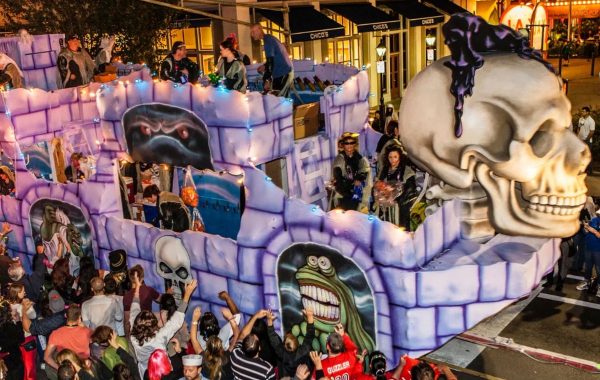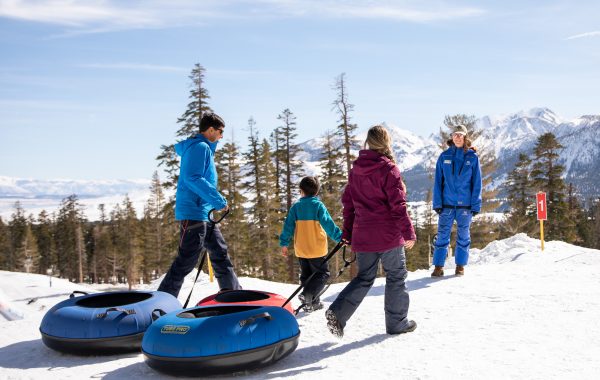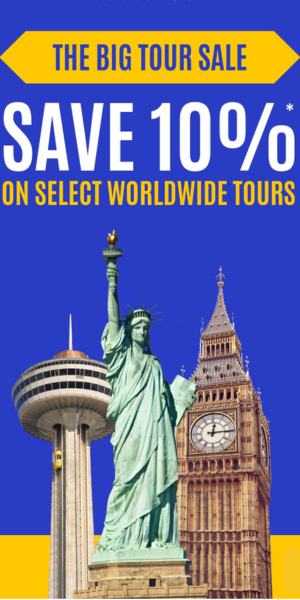Explore Ravenna in just 48 hours with this immersive itinerary, guiding you through the stunning mosaics, rich history, and vibrant culture of Italy’s hidden gem.
Ravenna often appears bathed in autumn hues. Nestled among narrow streets filled with tobacco shops, cafés, gelato stands, and souvenir stores, the fifth- and sixth-century churches, mausoleums, and baptisteries are distinguished by their ochre and tawny brick facades. The true marvel, however, awaits inside, where walls and domes are adorned with millions of mosaic tiles. These tiles shimmer in gold, blue, orange, and yellow, narrating the historical significance of Ravenna.
Situated in the Emilia-Romagna region of northern Italy, Ravenna served as the capital of the Roman Empire in the early fifth century, was governed by the Goths in the late fifth century, and remained under Byzantine control until the eighth century. The city’s rulers fervently supported the development of mosaic art, leading to the stunning preservation of this art form within eight UNESCO-listed monuments in the car-free city center. As visitors explore these historic sites, the hum of glass cutters at work in mosaic studios, crafting lampshades and jewelry, forms a constant and charming backdrop.
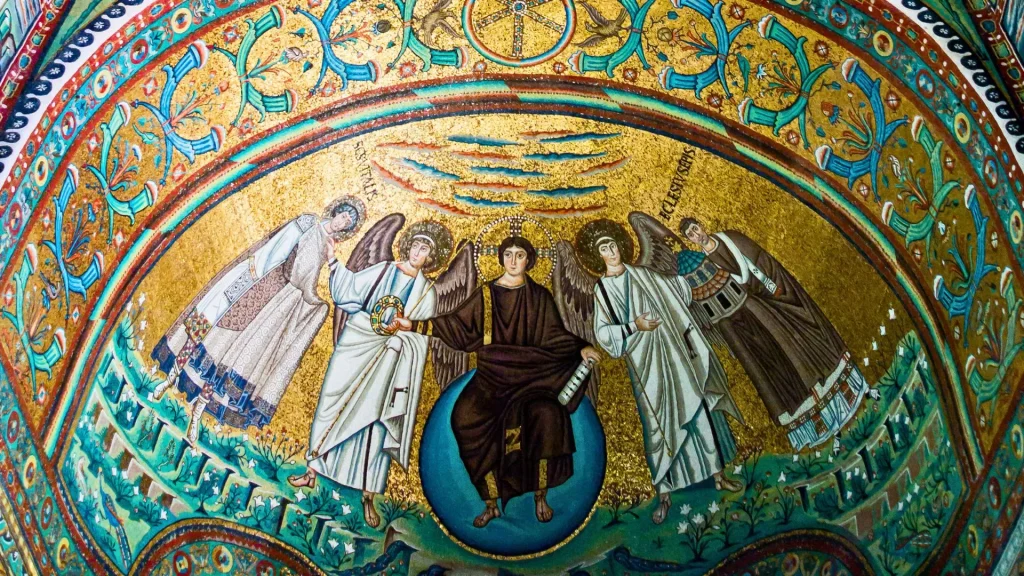
Ravenna also features contemporary mosaic sculptures on its outskirts, offering a delightful option for a half-day excursion. To navigate the extensive array of mosaics, it can be helpful to carry a map from the tourist center or download the Talking Ravenna mosaic app from www.turismo.ra.it.
Must Read: 24 Hours in Italy’s Eternal City: Rome | Travel & Food Guide
DAY 1
9 a.m. Begin your day at the humble chapel on Via Alighieri Dante, 9, where the tomb of Dante is located. Exiled from Florence in 1302, the renowned Italian poet spent his final years in Ravenna, completing his masterpiece, The Divine Comedy. Dante passed away in 1321. In 1519, the Pope ordered his remains to be moved to Florence, but the monks from a nearby Franciscan monastery secretly hid them to protect them. The bones were eventually rediscovered in 1865. To this day, Florence supplies the olive oil for the lamp that hangs from the chapel’s vaulted ceiling.
Just a few streets away at Piazza Duomo, 1, you’ll find the fifth-century Neonian Baptistery. While its marble and stucco work are impressive, the true highlight lies in the domed ceiling, where gold tiles are arranged in a medallion depicting the Baptism of Christ. Surrounding Christ, the 12 Apostles, adorned in ornate yellow robes, are set against a rich indigo background.
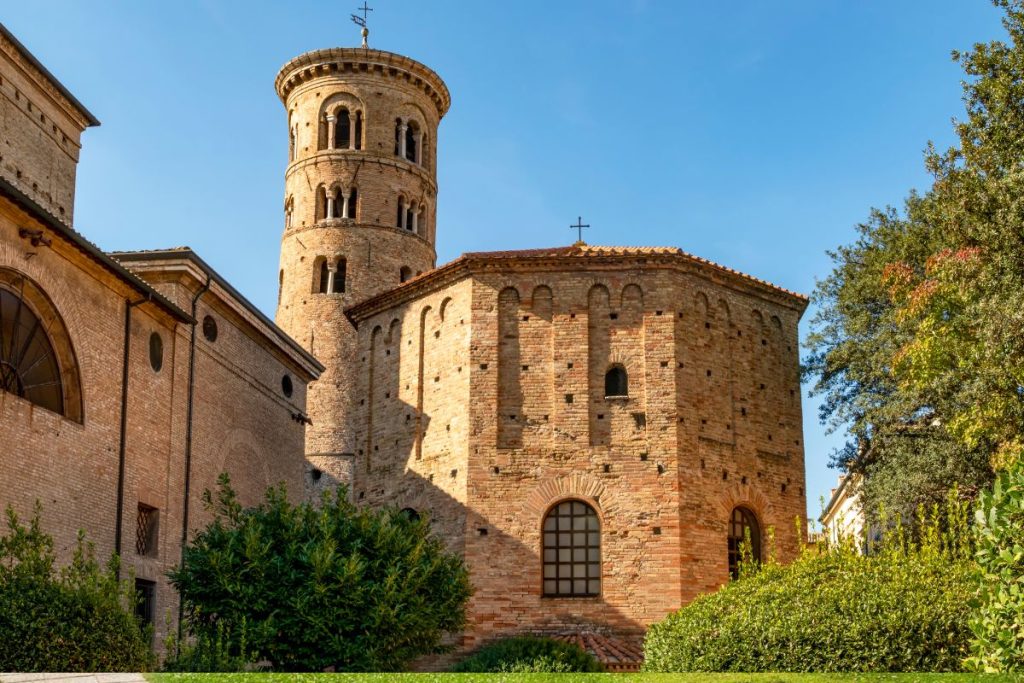
A 10-minute walk from here, at Via Di Roma, 52, stands the Basilica of Sant’Apollinare Nuovo with its gabled facade. Inside, the walls are adorned with breathtaking mosaic art. One side features a procession of 22 virgins and the three Magi, richly attired, while the other side showcases a procession of 26 martyrs, believed to be the oldest existing mosaic on the New Testament.
1 p.m. Save your pizza cravings for Naples and try the local specialty of this region: the tortilla-like piadina. The classic piadina features thin flatbread stuffed with arugula, prosciutto, and the region’s distinctive soft cheese, squacquerone, and then pan-roasted to perfection. Head to the unpretentious La Piadina del Melarancio in the city center, where you can choose from a diverse menu and enjoy a warm, toasty meal on the go.
2 p.m. Before the piadina slows you down, take a five-minute walk to the National Museum at Via San Vitale. Here, you can admire mosaic floors, archaeological fragments from Roman and Byzantine monuments, stone tablets, ancient weapons, ivories, ceramics, and Renaissance-era bronze statuettes. The museum’s most prized exhibit is a collection of remarkable 14th-century frescoes, recovered from ancient churches around Ravenna.
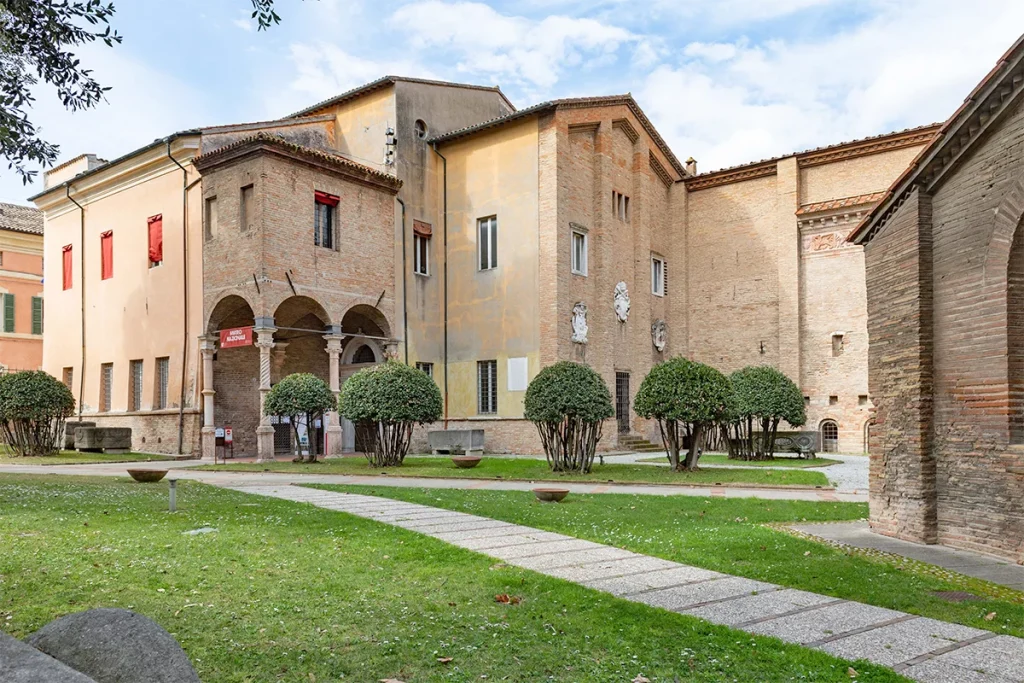
Within the same complex, you’ll find the Basilica of San Vitale, considered one of the finest examples of Byzantine architecture in Italy. This distinctive octagonal structure, with its exposed brick, features alabaster windows that allow sunlight to illuminate the vibrant mosaic tiles. Be sure to see the apse’s vault, where Christ, surrounded by four angels, sits on an orb-like Earth, with the four rivers of paradise flowing beneath his feet.
7 p.m. After immersing yourself in a day filled with religiously inspired art, it’s time to indulge in some of the region’s finest wines and seafood at the Michelin-starred Osteria L’Acciuga. Treat yourself to specialties like pickled anchovies served with spaghetti or as fresh tartare. The menu also features roasted octopus with artichokes and Taggiasca olives, Adriatic prawns, and scallops and sea bass on a bed of mashed mountain potatoes with juniper drops. Enjoy these culinary delights for a memorable dining experience. Know more here.
DAY 2
9 a.m. On day two, prepare for a lot of walking by opting to rent a bicycle instead. It’s a practical choice that allows you to explore Ravenna’s mosaic art at your own pace. Rent a bicycle from Cooperativa San Vitale at Piazza Farini, 1, conveniently located next to the train station (approximately €1.5 / Rs120 per hour, €12 / Rs960 for a full day).
Start your day at the open-air mosaic museum, Parco della Pace (Peace Park), located at Via Marzabotto, 1, just a 15-minute ride outside the city. Within the park’s serene environment, surrounded by weeping willows, you’ll discover approximately a dozen mosaic sculptures created by local and international artists. These artworks convey messages of universal peace and friendship. Notable pieces include “The Wings of Peace,” a towering mosaic sculpture depicting a dove’s wing standing 13 feet high, and a wall mural illustrating the tree of life.
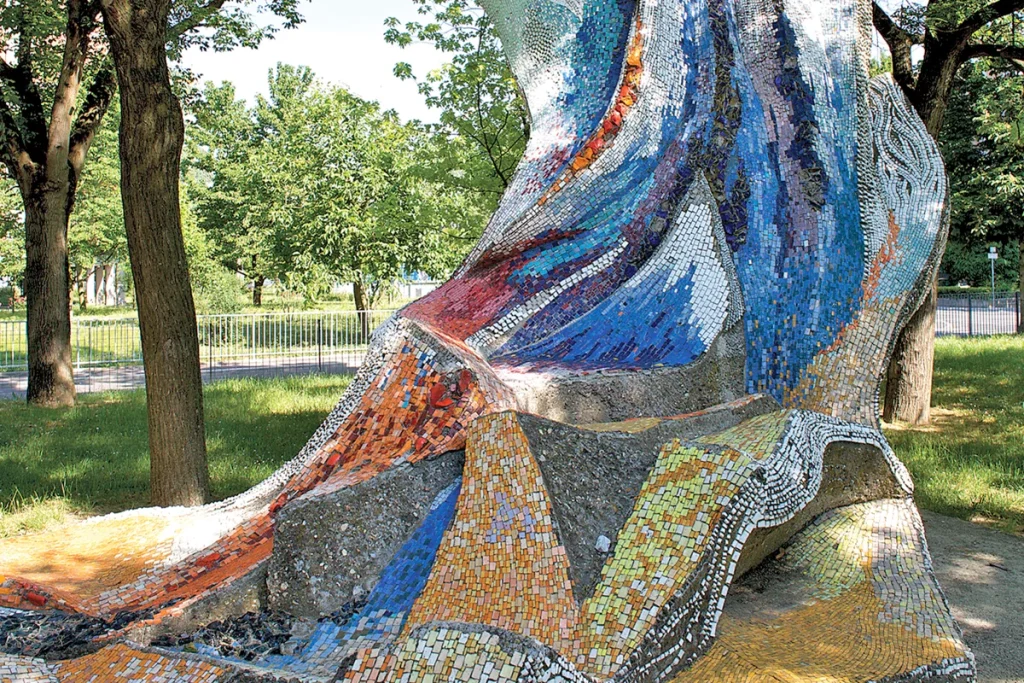
Next, cycle approximately a kilometer to Piazza Della Resistenza to admire the mosaic fountain Ardea Purpurea. This striking sculpture features two large monoliths adorned with golden, purple, and red tiles spiraling like flames, creating a mesmerizing visual spectacle. Designed by Ravenna’s master sculptor Marco Bravura, the sculpture is named after the phoenix and symbolizes themes of rebirth and reconstruction.
Also Read: Road Tripping Along The Amalfi Coast In Italy – The Perfect 7 Day Itinerary
1 p.m. Reserve a table at Passatelli 1962 located at Via Ponte Marino, 19. Don’t miss their specialty dish, passatelli, featuring thick, cylindrical pasta made from bread crumbs, eggs, parmesan, nutmeg, and lemon zest, simmered in flavorful chicken broth. The restaurant also offers a vegan version of this dish. Consider joining their pasta-making lessons (www.turismo.ra.it; reservations recommended; classes cost approximately €75 / Rs6,000 per person).
3 p.m. Explore MAR, Ravenna’s art museum, housed in a 16th-century monastery. Wander through its ground floor to discover Ravenna’s modern interpretations of its mosaic heritage. From the serene “The Enchanted Mountains” to abstract artworks, MAR showcases how contemporary artists in Ravenna use mosaic to celebrate the city’s rich heritage.
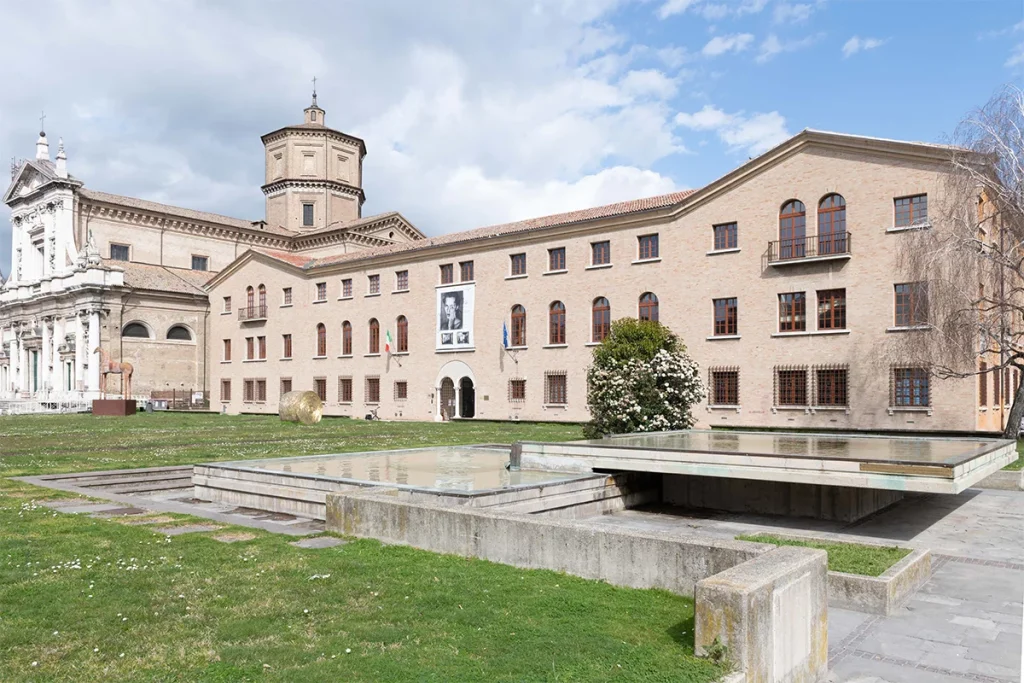
7 p.m. Reserve a table at Antica Trattoria al Gallo 1909. Antica Trattoria al Gallo 1909 is a renowned culinary establishment in Ravenna, cherished for its traditional Romagna cuisine that highlights local ingredients. It remains a popular choice, offering a warm atmosphere enhanced by homespun hospitality and antique decor, all steeped in a long-standing family tradition.
How To Get There
Ravenna is located just over an hour away from Bologna, the capital of the Emilia-Romagna region. Direct trains and buses connect the two cities, but renting a car offers the flexibility to explore destinations outside the city, such as the wineries mentioned above.
For latest travel news and updates, food and drink journeys, restaurant features, and more, like us on Facebook or follow us on Instagram. Read more on Travel and Food Network
Trending on TFN
A Spanish Odyssey: Trafalgar’s Unparalleled Best of Spain Itinerary
Imperial Splendors: Trafalgar’s 10-Day Sojourn in Prague, Vienna, and Budapest


